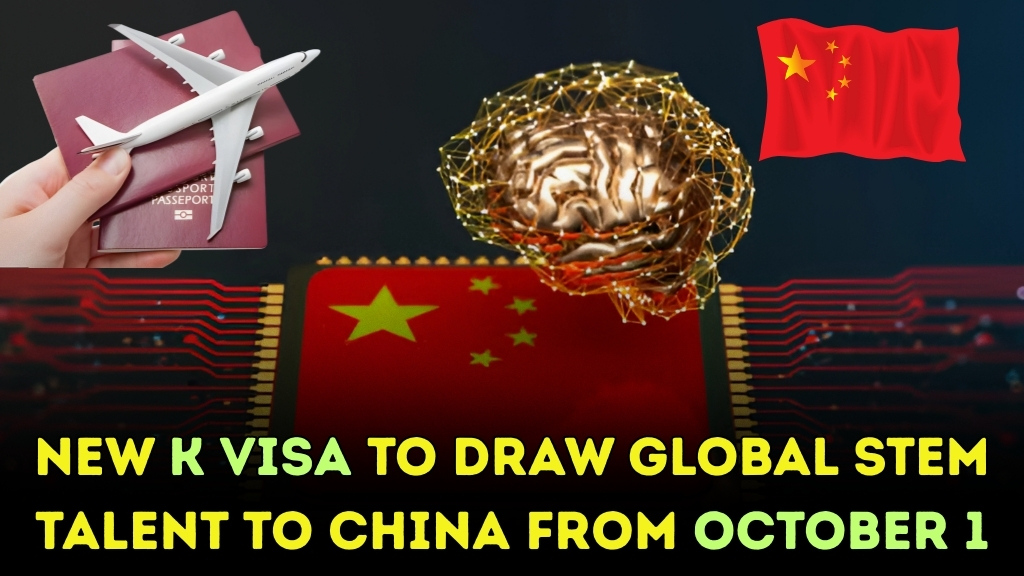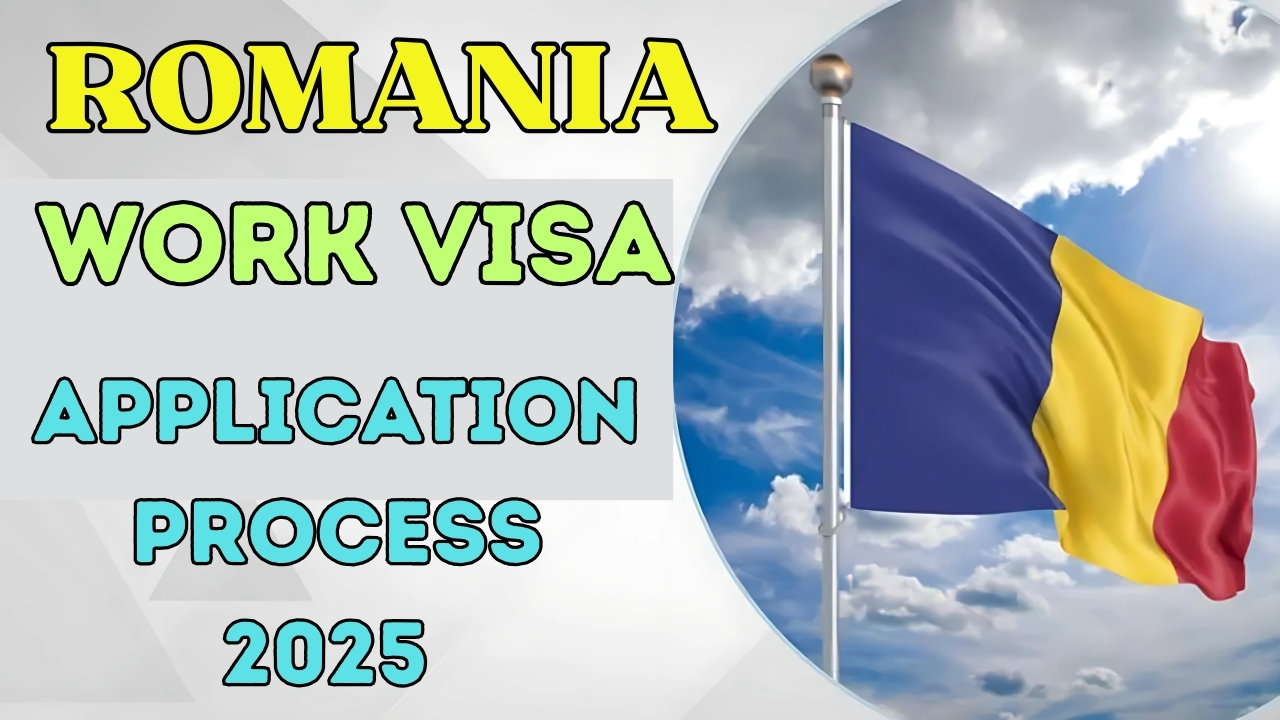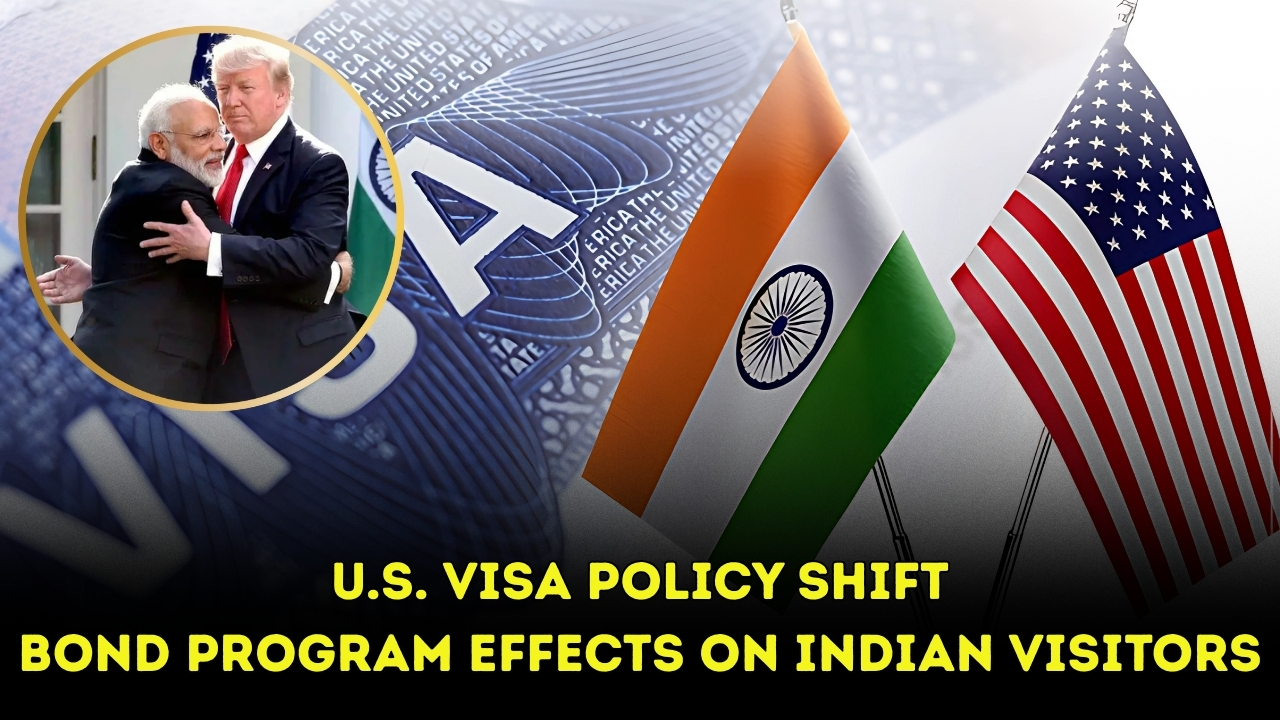Tailored to Accelerate National Innovation
China’s recent announcement fulfilled a pledge made at the National Congress, as Beijing seeks a competitive edge in fields such as artificial intelligence, quantum systems, next-generation manufacturing, and clean energy engineering. The K Visa, jointly promulgated by the respective authorities on Foreign Affairs and Public Security, is conceived as a rapid yet rigorous pathway linking global researchers to China’s universities, dynamic startup ecosystems, and established industrial champions.
Core Aspects of the K Visa
Distinguished from the general-purpose Z visa, the new category exclusively serves candidates whose qualifications denote STEM leadership. Main provisions comprise:
Swift electronic-processing and minimal documentation requirements;
A continuity term of five years with unlimited re-entries;
Provisions allowing dependents to accompany the primary applicant, with pre-defined sponsorship criteria.
Pathway to Long-term Residence Permits for Contributors to Nationally Strategic Projects
Under the draft regulations, candidates are expected to provide evidence of senior-level credentials, such as a doctoral qualification or a record of exemplary achievement in a specialized sector, although exceptionally capable younger scholars in emergent domains will be eligible for special consideration.
International Strategic Context
China’s new procedure parallels well-established talent visa programs in the United States, the United Kingdom, and Singapore, all of which are deliberately securing global leadership in science and technology by enticing distinguished experts. Observers point out that although historically the West has attracted the majority of high-calibre researchers, the increasing scale and sophistication of China’s research infrastructure now establishes the country as a plausible alternative locus for such talent.
“The ultimate objective is to widen the domestic talent pool, assimilate leading international experts, and enhance coherence of developmental policy,” affirmed Zhang Wei, a policy analyst in Beijing. “The K Visa symbolizes renewed direction and detailed administrative route to the same goal.”
Anticipated Gains and Remaining Barriers
The instrument is likely to provoke vigorous responses from specialists in sectors such as renewable technologies, precision robotics, and advanced biomedicine. Nonetheless, enduring barriers include concerns over proficiency in the national language, the adequacy of intellectual property safeguards, and the transparency of employment terms in the Chinese context.
China’s K Visa initiative will hinge not merely upon expedited admission procedures but upon the simultaneous provision of sustaining professional paths and the cultivation of an environment perceived as hospitable by eminent non-national expertise.
Anticipatory Briefing
As implementation of the K Visa draws near—scheduled for an October 1 commencement—domestic universities and research institutes are completing strategic outreach to prospective applicants. Such preparatory measures serve the larger strategic framework articulated within the “Innovation-Driven Development Strategy,” whose explicit axioms regard transnational collaboration as indispensable to the nation’s scientific and technological ascent.
Achievement of the initiative’s objectives could pivotally reconfigure the trajectory of global STEM mobility, transmuting China from a preparatory site into a competitive, prefatory locus of advanced intellectual residence, thereby positioning it as a principal magnet for the highest-calibre, internationally distributed scientific talent.









